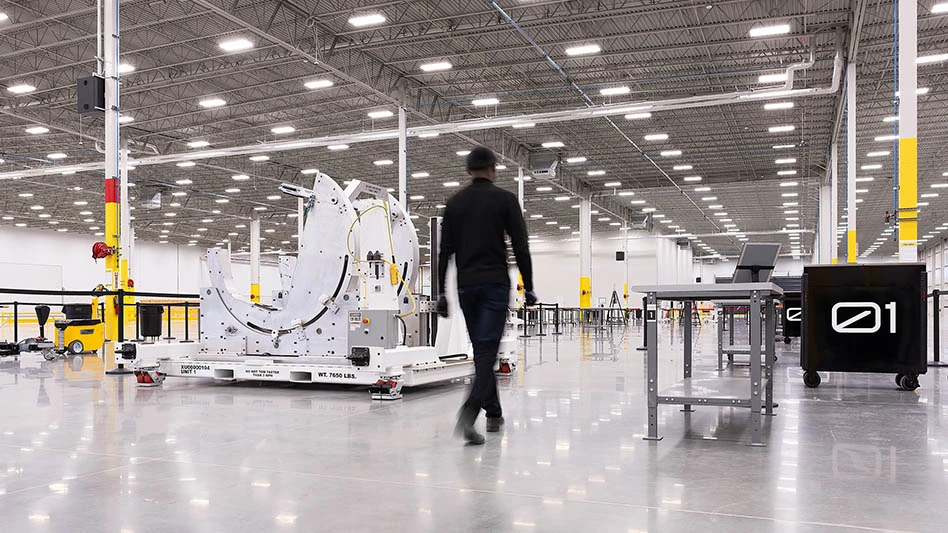
Curtiss-Wright Controls Avionics & Electronics group in City of Industry, Calif. will supply Eclipse Aerospace Inc. in Albuquerque, N.M. with the Curtiss-Wright Aircraft Computer System (ACS) that will enable the Eclipse 550 six-seat twin-engine business jet to monitor and control aircraft systems such as flaps, landing gear, climate control, fuel management, autopilot, and flight envelope protection continuously.
In addition, the ACS will alert the pilot, when necessary, of abnormal system conditions. Shipments will continue until 2016. Deliveries of the Eclipse 550 are expected to begin this fall.
The Curtiss-Wright ACS provides "avionics subsystems that can control a wide variety of flight critical systems in one line replaceable unit," says Tom Quinly, president of Curtiss-Wright Controls.
The Curtiss-Wright ACS will host the Eclipse 550's full authority digital engine control (FADEC) units, which ensures that the Eclipse 550's engines are operating at peak performance and efficiency.
Together, the ACS and FADEC units make up the Eclipse Avio Processing Center, the electronic heart of the aircraft. The Eclipse 550 has dual Eclipse Avio Processing Centers, each of which can control the aircraft and both engines independently, to ensure maximum reliability and operational safety.
The Eclipse 550 has a crew of two and carries four passengers. The aircraft can fly as fast as 375kts at altitudes as high as 41,000ft at ranges as far as 1,300nm. The aircraft is 34ft long and has a wingspan of 38ft.
Its avionics suite includes auto-throttles; automatic direction finder; avio dual integrated flight management systems; distance measuring equipment; enhanced vision system; radar altimeter; stormscope; synthetic vision; terrain awareness and warning system; traffic collision avoidance system; and weather radar.
Latest from Aerospace Manufacturing and Design
- America Makes announces winners of $2.1M project call
- HEULE's GH-K Tool
- Mastercam acquires FASTech
- Amada Weld Tech's AWS3 Pneumatic Active Welding System
- Pinpoint Accuracy: Okuma GENOS M560-V Cutting Demo
- The Monozukuri Principle Clears Each Okuma Machine for Takeoff
- Walter USA opens a new state-of-the-art campus
- Arnold Magnetic Technologies' Arnon Non Grain Oriented Electrical Steel





